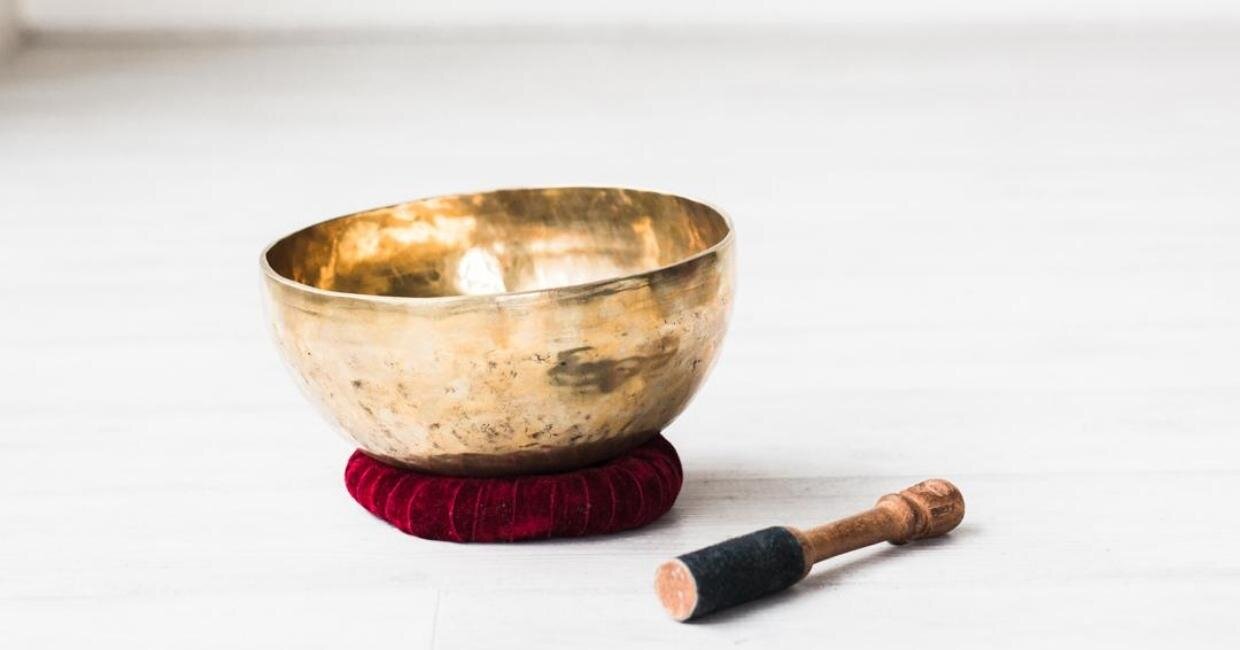Movement In Meditation
Exploring the role of movement in meditation.
…and honoring relative stillness.
Listen to this episode:
This musing stems from a session that I was planning on recording for those inside the Embodied Well Membership and the Free Conscious Community, as it's sort of a preface to the meditations that we'll be exploring, but then as life often does.
This question arose in another context. It came up during a meditation group that I'm involved in. And the question there was something along the lines of, is it okay to move in meditation and if we're moving, is it meditation? So I wanna dive into some ways we can approach it and honor how dynamic and complex this question can be.
Introduction to Movement and Meditation
For those of you who don't know me, I bring over 30 years of meditation practice to the table, including time spent living in a Zen temple. I am also a somatic practitioner, which deeply informs my perspective.
In Stillness & In Motion
In Zen, there are different forms of meditation, such as Zazen (seated meditation) and Kinhin (walking meditation). This shows that movement can be a part of meditation. My focus here, however, is on seated meditation and the exploration of movement within its relative stillness.
Navigating Compulsion and Discomfort
The compulsion to move occurs most often when we brush against unfamiliar aspects of ourselves or undermine our ego in some way. These compulsions often manifest as tension, pain, or discomfort. But as the mind settles, so too does the body, and these sensations lessen as more ease emerges over time.
Note on Pain: Always prioritize avoiding harm. If you feel the pain is a signal that you're compromising a joint or compressing a nerve, then honor that and move. However, take a pause first. Befriend the pain and the discomfort by being curious about your experience of it—your breath, the spaces directly surrounding the pain, the spaces beyond that, the quality of your thoughts, etc. Meet it with curiosity before adjusting.
Avoiding Rigidity in Meditation
Conversely, insisting on stillness simply because you're attached to the notion of not moving can be equally disruptive. Actively resisting movement is its own type of action, affecting the neuromuscular system and breathing.
Recognizing Your Need To Control
The compulsion to move, the need to move, or actively resisting movement are all means of control. The art is to discern the difference, be intentional, and allow for more spaciousness for being able to relinquish the need for control.
Allowing Movement To Arise Spontaneiously
On the other end of the spectrum is this aspect of being moved. Those moments of sitting in relative stillness, you start to feel a soft undulation of the spine or a gentle swaying from side to side or back and forth. It is as if you are being moved, not doing the movement. Perhaps people will see it from the outside, or maybe it'll be so subtle and small that someone looking at you won't see it, but you will feel those movements within yourself.
Playing with this dance of allowing movement, not out of compulsion but from something stirring within us of letting go of the need to control our mind, to control our movements, can allow for incredible insights, a deeper understanding of ourselves, and it can be a window into our subconscious mind. And a way to inhabit ourselves more fully.
An Invitation to Practice
I invite you to play a little bit with how you relate to and engage with movement in your meditation practice as you move into it and see what you discover.
See what you can learn in those moments when you feel a strong urge or compulsion to move.
See what you can learn in those moments when you resist movement. And then see what you can learn when you can let go of the need to control or conduct your movement, but to be with what emerges moment by moment.
Let me know what you discover.
RELATED POSTS




